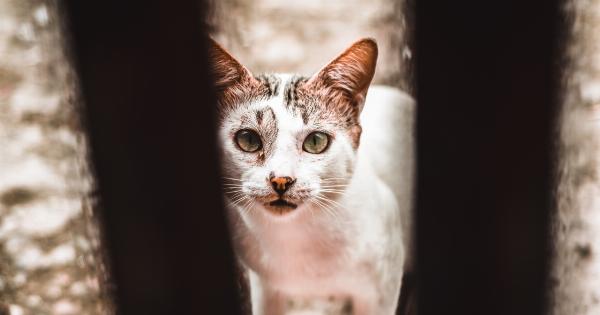Stray cats, often found roaming the streets, are a common sight in many neighborhoods. These feline creatures, who have no fixed abode, often evoke mixed emotions among individuals.
While some people may feel compelled to take them in and provide them with a loving home, others may question the wisdom of doing so. In this article, we will explore the debate surrounding whether or not we should take in stray cats and examine the various factors involved in making this decision.
The Stray Cat Problem
The issue of stray cats is a global concern. Estimates suggest that there are hundreds of millions of stray cats worldwide. The overpopulation of these cats poses several problems.
Stray cats face numerous hardships, including lack of food and shelter, exposure to harsh weather conditions, and increased risk of diseases. Additionally, their presence can be a nuisance, leading to conflicts with residents and other animals in the area.
The Case for Taking in Stray Cats
There are several compelling reasons why individuals believe it is important to take in stray cats:.
1. Compassion and Empathy
Many people feel a sense of compassion and empathy towards these vulnerable animals. They believe that as responsible members of society, it is our duty to help those in need, including stray cats.
2. Health and Well-being
Bringing stray cats into our homes can improve their health and overall well-being. By providing them with proper nutrition, regular veterinary care, and a safe environment, we can significantly enhance their quality of life.
3. Reducing Overpopulation
By taking in stray cats, we can mitigate the problem of overpopulation. Spaying or neutering these cats prevents them from reproducing, thus helping to control their numbers and reduce the strain on local animal shelters and rescue organizations.
4. Companionship
Stray cats can make wonderful companions. They are often grateful for being given a chance at a better life and can form strong bonds with their adopters.
The companionship and unconditional love provided by these feline friends can bring immense joy and fulfillment to our lives.
5. Teaching Responsibility
Adopting a stray cat can be an excellent way to teach responsibility, especially to children. Taking care of a living creature requires commitment, empathy, and an understanding of basic needs.
It can help instill important values in individuals and promote a sense of responsibility towards all living beings.
The Arguments Against Taking in Stray Cats
While the desire to help stray cats is commendable, there are also valid concerns raised by those who argue against taking them in:.
1. Financial Responsibility
Caring for a stray cat can be expensive. Veterinary bills, food, and supplies can quickly add up, placing a significant financial burden on individuals or families. Some may worry about their ability to provide long-term care.
2. Allergies and Health Risks
Some individuals may be allergic to cats, making it difficult or even impossible for them to live comfortably with these animals.
Additionally, there are potential health risks associated with adopting a stray cat, such as the transmission of diseases or parasites.
3. Existing Pets and Interactions
If you already have pets at home, introducing a stray cat can be a challenge. Not all animals get along, and conflicts may arise, leading to stress and potential harm to both the new and existing pets.
4. Commitment and Time Constraints
Adopting a stray cat requires a significant commitment of time and energy. Cats need attention, playtime, and regular care. Individuals with busy schedules or frequent travel may find it difficult to provide the necessary level of care and attention.
5. Local Regulations and Restrictions
In some areas, there may be local regulations or restrictions on owning pets, including the number of animals allowed or specific breed restrictions. It is essential to consider and comply with these regulations to avoid legal consequences.
Conclusion: The Choice is Yours
Deciding whether to take in a stray cat is a personal choice that depends on various factors, including one’s capacity for care, resources, and lifestyle.
While there are compelling arguments for both sides of the debate, the ultimate decision should be based on careful consideration of the well-being of both the individual and the cat.




























